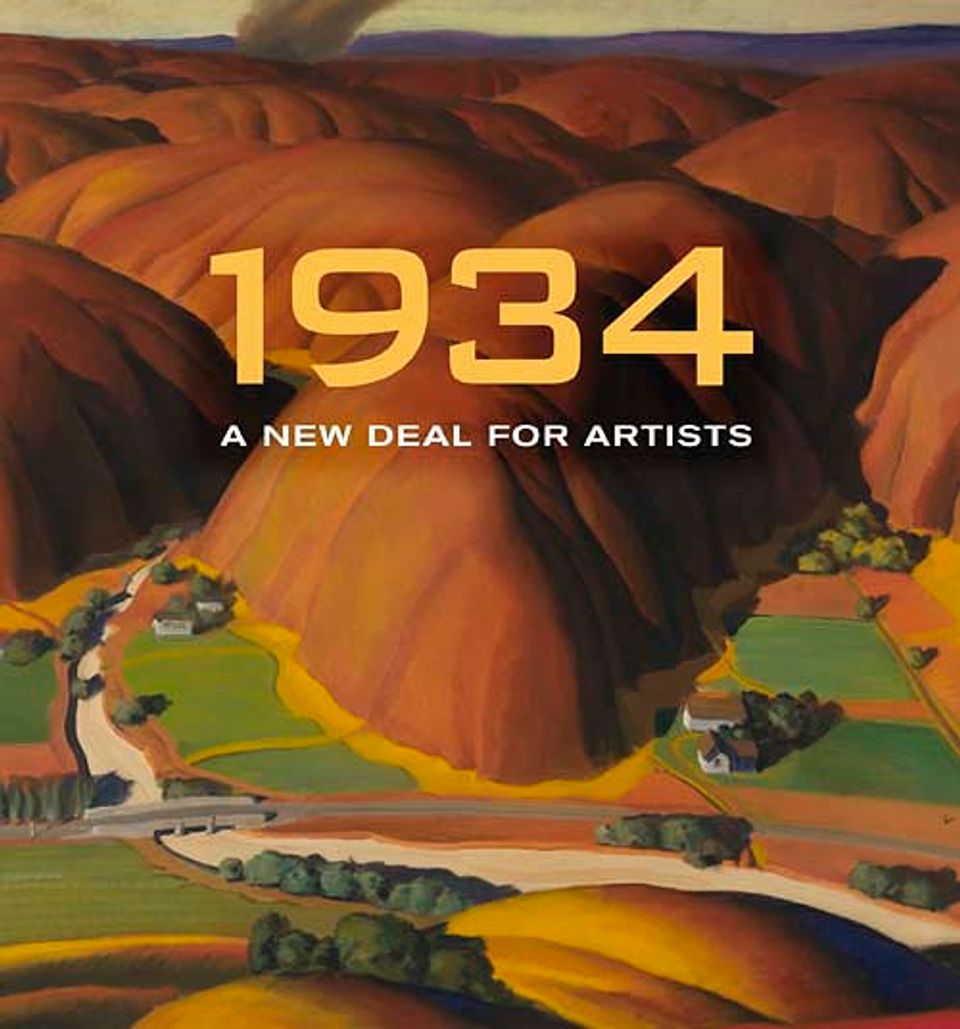Artwork Details
- Title
- Machinery (Abstract #2)
- Artist
- Date
- 1933-1934
- Location
- Not on view
- Dimensions
- 38 1⁄4 x 26 3⁄8 in. (97.0 x 67.0 cm.)
- Credit Line
- Transfer from the U.S. Department of Labor
- Mediums
- Mediums Description
- oil on canvas
- Classifications
- Subjects
- New Deal — Public Works of Art Project — Illinois
- Architecture — industry — factory
- Figure male — full length
- Architecture — machine
- Abstract
- Object Number
- 1964.1.27
Artwork Description
1934: A New Deal for Artists exhibition label
The shadowed worker in this painting appears to be controlling the structure, suggesting man's essential role in industry and his ability to create massive, powerful machines. During the Depression, many artists celebrated human achievements in this way, to emphasize the importance of the working class and to boost morale. In 1934, Paul Kelpe worked for the Public Works of Art Project. The program did not accept abstract art, so he incorporated realistic elements such as figures, wheels, and buildings into his compositions. These images were still not "representational enough," however, and he soon gave up trying to please his bosses (Manthorne, Paul Kelpe, Abstractions and Constructions, 1925-1940, 1990).















